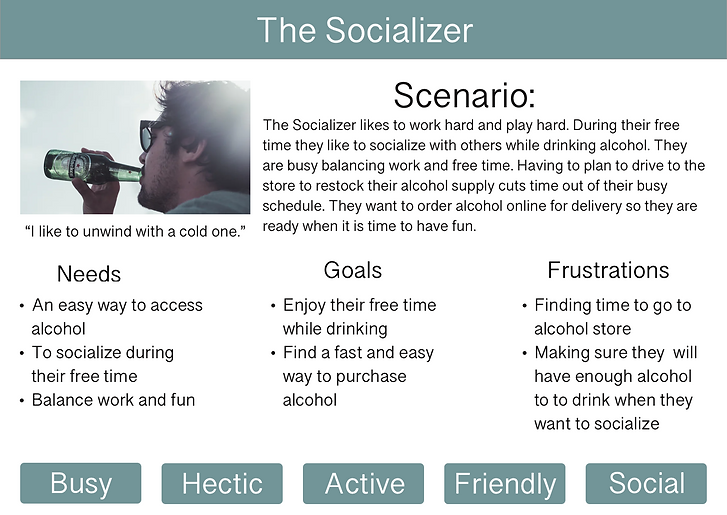Resume
Case Study
Redesigning a Data Importation Process

Background
The Client
Humanyze
Humanyze, a workplace analytics company. They work with other businesses to help them find insights on how to optimize their teams. They look to drive engagement, productivity, and adaptability by analyzing corporate data. Their technology extracts data from their clients' communication tools, location systems, and enterprise applications.
Data Importation Process
In order to properly analyze the data, Humanyze also need data (gender, location, department, etc.) from their clients' HRIS system. This set of data is manually entered through the data importation process in order to be processed.
-
Users receive client demographic data and make the data workable for their system on an excel spreadsheet (Edit blank spaces, fix any errors, capitalize lowercase letter, etc)
The Assignment
Myself and 3 other team members were asked to redesign the data importation process current Humanyze employees use for their clients' data. Our goal was to create a more efficient and editable client data management process for the users. In order to do this, we needed to identify what features in excel the employees utilized and design a custom system that optimizes their current processes.
Time Frame:
3 Weeks
Role:
Group Project
Software:
Figma
Miro
Skills:
Working for a client
User Research
Userflows
Sketching
Wireframing
Prototyping
Usability Testing
Research
User Interviews
Discovering users' e-commerce and alcohol purchasing habits
5
Interviews
-
People are confident in the alcohol that they like
-
Users are unlikely to switch to a new type of alcohol but are willing to switch to a new brand
-
Users want to know the price
-
Users want a fast and easy checkout process
Findings
"I like to stick with what I know, and I know how alcohol affects my body."
Affinity Map

Card Sorting
Confirming how users naturally organize alcohol into different categories
6
Open
2
Closed
Findings
-
Users prefer to sort products by alcohol type
-
Users do not instinctively categorize by size
-
People most commonly get confused on how to categorize whisky, bourbon, and scotch
Task Analysis
Reviewing the online checkout process of a competitor
Findings
-
The e-commerce process can be frustrating when it is inefficient
-
Clicking through fewer windows will shorten the process



Feature Inventory
Analyzing trends on competitor sites
Findings
-
Put an add to cart button on the product preview box
-
Let the user select delivery time
-
Tell the region of the product on the product page
-
Display the alcohol subtype on the secondary navigation
-
Provide option for curbside or delivery
-
Add a gift page on the primary navigation

Synthesizing
Problem Statement
Alcohol consumers need an efficient way to order beverages online for delivery, because they are confident in the products they like and want to easily access them.
Personas
To define who I am designing for.


Userflows and Sitemap
To gain a visual understanding of how users will experience the site and to organize the structure.
Userflows


Sitemap

Ideation
Sketching
Low-fi sketching helped me get my ideas on paper and gain a visual understanding what will work best for the user. The research showed that people want a fast and easy e-commerce process. I kept this objective in mind while analyzing which designs are most effective.
Product Preview

Secondary Navigation

Product Page



Wireframing
Once the sketches were complete, I began designing wireframes. The goal of this process was to finalize the layout of each page, and confirm if my initial sketches make sense on a digital platform. This process helped determine the spacing, content prioritizing, and functioning of my design.




Testing
Usability Testing
Identifying any performance issues
-
There was confusion amongst users when their item was added to cart
-
Cart confirmation needs to be improved
Findings
Tests
3
I tested different versions of cart confirmations to resolve the issue.
Version 1

Version 2

Version 3

Version 3 tested successfully!
Prototype
Takeaways
-
Design Smart - Know the design program you use and make sure you are using it as efficiently as possible
-
Simple is better - People want an e-commerce experience to be fast and efficient, a simpler process will achieve that
-
Good design starts with good research - Research provides valuable user insights resulting in more effective designs